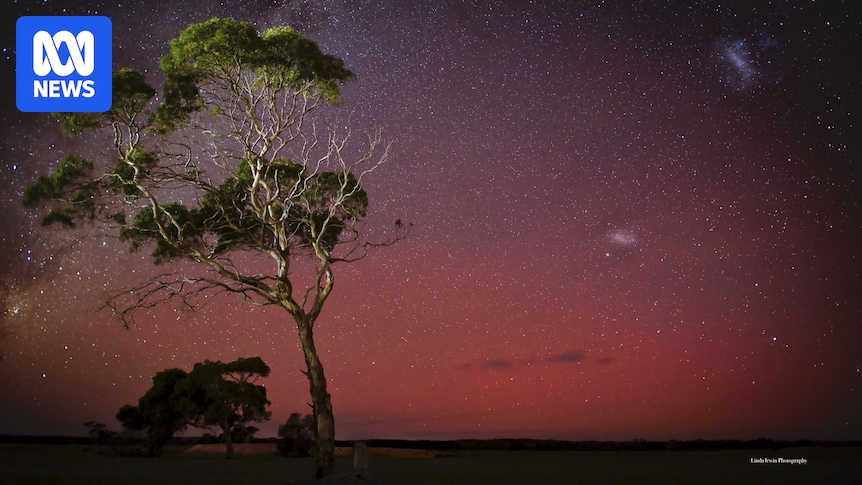Aurora Australis: Stunning Southern Lights Display Captures Hearts and Cameras
The Aurora Australis, or Southern Lights, has once again captivated audiences with its breathtaking displays across the Southern Hemisphere. Recent sightings have sparked a surge in interest from photographers, astrophotographers, and aurora enthusiasts alike, leading to a flood of stunning imagery across social media. This celestial spectacle, a mesmerizing dance of light in the night sky, offers a truly unforgettable experience. But what causes this natural wonder, and where is the best place to witness its magic?
What Causes the Aurora Australis?
The Aurora Australis, much like its northern counterpart, the Aurora Borealis, is caused by collisions between electrically charged particles from the sun that enter the earth's atmosphere. These particles, primarily electrons, interact with the gases in the atmosphere, causing them to emit light. The specific colors observed – often vibrant greens, blues, purples, and reds – depend on the type of gas and the altitude at which the collision occurs. Oxygen produces green and red hues, while nitrogen contributes blue and purple shades. The intensity and shape of the aurora depend on the strength and direction of the solar wind.
Prime Viewing Locations for the Southern Lights
Witnessing the Aurora Australis requires venturing to high-latitude locations in the Southern Hemisphere. Some of the best places to experience this spectacular phenomenon include:
- Antarctica: Offering the most intense and frequent displays, Antarctica is the ultimate aurora destination, though access is limited and requires specialized expeditions.
- Tasmania, Australia: This island state provides relatively easy access to high-latitude areas with minimal light pollution, making it a popular choice for aurora hunters.
- New Zealand's South Island: Locations like Queenstown and Stewart Island offer opportunities for aurora viewing, though sightings might be less frequent than in Tasmania.
- Southern Chile and Argentina: These countries boast stunning landscapes and are within reach of the auroral oval, providing excellent viewing possibilities.
Tips for Photographing the Aurora Australis
Capturing the ethereal beauty of the Southern Lights requires patience and the right equipment. Here are some helpful tips:
- Use a DSLR or mirrorless camera: These cameras allow for manual settings crucial for astrophotography.
- Invest in a wide-angle lens: A wider field of view helps capture the expansive nature of the aurora.
- Use a tripod: Essential for long exposure shots to avoid blurriness.
- Shoot in RAW format: This preserves image data for better post-processing.
- Check the aurora forecast: Websites and apps provide predictions of aurora activity, maximizing your chances of a successful capture.
The Growing Popularity of Aurora Tourism
The Aurora Australis is becoming increasingly popular, driving a growth in aurora tourism. Many tour operators now offer specialized trips designed to maximize the chances of witnessing and photographing this incredible natural light show. This burgeoning industry highlights not only the beauty of the aurora but also the economic opportunities associated with sustainable tourism in remote regions.
Plan Your Aurora Adventure Today!
Experiencing the Aurora Australis is a truly unforgettable journey. Whether you're an experienced aurora chaser or a first-time observer, planning your trip with careful consideration of location, timing, and weather conditions will greatly enhance your chances of witnessing this awe-inspiring spectacle. Start your planning today and prepare to be amazed by the breathtaking beauty of the Southern Lights! [Link to a relevant aurora forecast website] [Link to a reputable tour operator specializing in Aurora Australis viewing]
(Note: Remember to replace the bracketed links with actual links to relevant websites. Also, consider adding relevant images and videos to enhance the article's appeal.)

